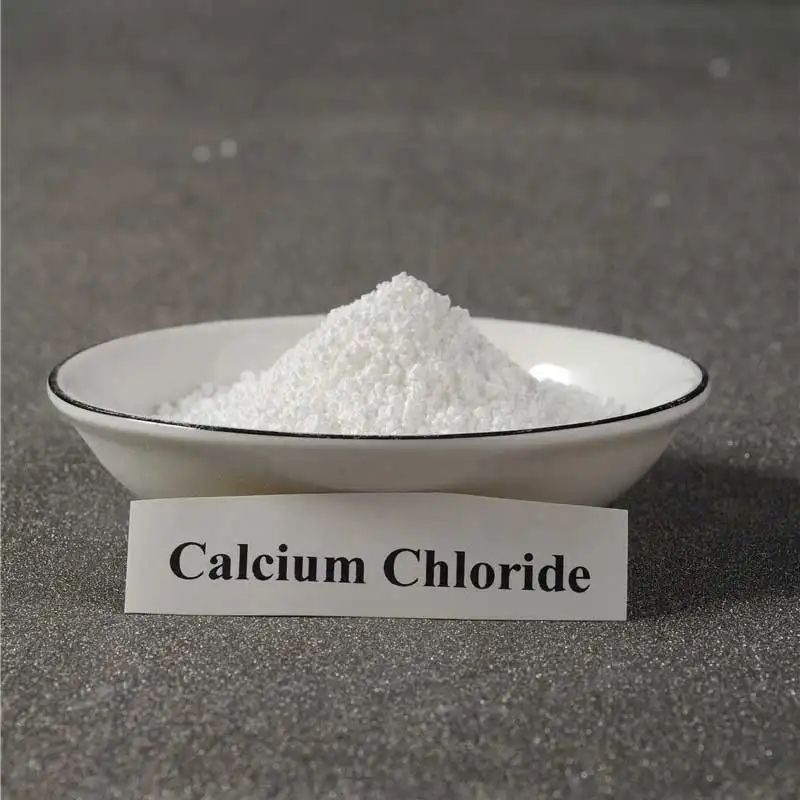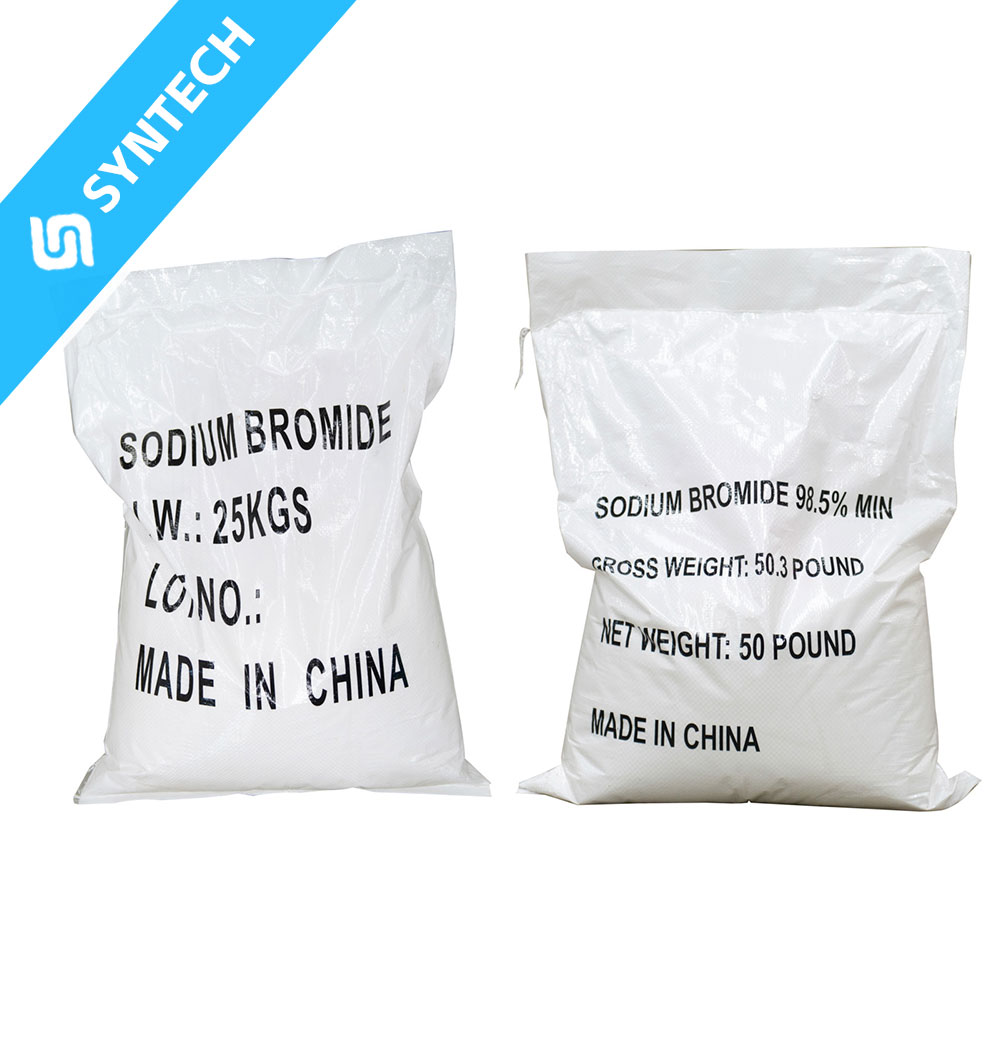Sodium Methallyl Sulfonate (SMAS) is a versatile chemical compound with several valuable industrial applications, primarily due to its ability to impart sulfonate groups into polymers, enhancing their water solubility, dispersion, and stability under harsh conditions. Here are some of its common industrial uses:
🏗️ 1. Concrete Water Reducers (Superplasticizers)
SMAS is widely used in the synthesis of polycarboxylate ether (PCE)-based superplasticizers. When copolymerized with other monomers like methacrylic acid or maleic anhydride polyethylene glycol monoether, it helps create high-performance water-reducing agents. These admixtures:
- Reduce water content in concrete mixes significantly while maintaining workability.
- Improve fluid retention, reduce bleeding, and enhance slump retention.
- Offer high water reduction rates and good retardation properties.
🧪 2. Water Treatment Chemicals
In water treatment, SMAS serves as a key monomer for synthesizing scale inhibitors and dispersants:
- It is copolymerized with acrylic acid, acrylamide, or maleic anhydride to create polymers that prevent scale formation (e.g., from calcium carbonate, calcium sulfate, zinc salts).
- These polymers act as corrosion inhibitors and anti-fouling agents in cooling water systems, boilers, and reverse osmosis membranes.
⛽ 3. Oilfield Chemicals
SMAS is critical in petroleum production for formulating high-performance chemicals:
- Used as a monomer in copolymers for drilling fluids, acting as a dispersant and fluid loss control agent.
- Provides high-temperature and salt resistance, making it effective in challenging downhole environments.
- Also used in enhanced oil recovery (EOR) as a component in polymer floods to improve viscosity and mobility control.
🧵 4. Synthetic Fibers (Acrylic Fibers)
SMAS is employed as a third monomer in the production of acrylic fibers (e.g., polyacrylonitrile-based fibers):
- It improves the fiber’s dyeing properties by providing sulfonate groups that facilitate dye absorption.
- Enhances color fastness, heat resistance, and spinnability of the fibers.
🎨 5. Coatings and Paints
In the coatings industry, SMAS is used:
- As a dispersant in paint formulations to stabilize pigments and prevent agglomeration.
- In the production of thermosetting acrylic resins for coatings that require improved water solubility and adhesion.
📜 6. Papermaking Additives
SMAS is utilized in paper manufacturing:
- As a dry-strength agent to enhance the mechanical strength of paper products.
- Helps improve retention of fillers and fibers during paper formation.
⚡ 7. Flocculants and Soil Stabilizers
- SMAS is copolymerized with acrylamide to produce flocculants used in wastewater treatment for solid-liquid separation.
- In agriculture, it is used in soil stabilization polymers to enhance water retention and nutrient adsorption (e.g., for ammonium and nitrate ions).
🔬 8. Electronics and Materials Processing
- SMAS is involved in the synthesis of single-ion comb-shaped electrolyte membranes (CPPL) for advanced battery applications.
- It is also used in superabsorbent polymers (e.g., for hygiene products) and as a modifier in specialty materials.
Key Properties Driving These Applications:
- High water solubility and ionic character due to the sulfonate group.
- Resistance to hydrolysis and stability in high-salinity/high-temperature environments.
- Ability to copolymerize readily with various monomers (e.g., acrylic acid, acrylamide, vinyl compounds).
💎 Conclusion
SMAS is a multifunctional monomer prized for its role in enhancing polymer performance across diverse industries. Its applications range from construction and water treatment to oilfield services and textiles, driven by its unique ability to provide sulfonation-based functionality, stability, and compatibility in challenging environments. If you’re exploring specific formulations or alternatives, I’d recommend consulting technical datasheets or suppliers for tailored advice.






